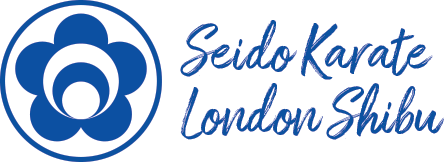London Karate-Do
A brief history of karate
Karate, or empty hand in Japanese, is the modern term used to refer to the indigenous fighting traditions which originated in the Island of Okinawa. Early in it’s history, this small island was the seat of power of the independent kingdom of Ryukyu and it had different culture and language to that of mainland Japan. The Ryukyu kingdom also maintained close political and commercial ties with the neighboring Chinese Empire and the cultural exchange that resulted from the contact between these nations were hugely influential in the development of early karate. Throughout its history Okinawa would oscillate between the political and cultural influence of its two big neighbors, Japan and China.
Much as was the case in mainland Japan, several of Okinawan martial arts practitioners were of noble blood, in fact, many were of the Pechin class, akin to the Japanese Samurai, and often served as representatives of the Ryukyu king in diplomatic missions. Given the importance of Ryukyu’s commercial and political ties with China, it must come as no surprise that karate would be greatly influenced by the fighting traditions of southern China, namely White Crane Kung Fu practiced in Fuzhou, in modern day Fujian province. There, later exponents of the Art, such as Higaonna Kanryo and Matsumura Sokon learned from local masters and later brought back their teachings to Okinawa where they blended with local fighting traditions. Several kata (formal patterns used to practice self-defense techniques) can be traced back to China, with the Sanchin Kata being probably the oldest of all. This cultural exchange with the Chinese was further extended by the presence of Chinese Diplomats from the 14th century in the village of Kume, in today’s Okinawan capital of Naha.
The Ryukyu kingdom had a long history of conflicts and alliances with the Japanese Empire, which would eventually conquer Okinawa and annex it in the 1870’s. Interestingly, as early as the Heian Period (794–1185), there were systems of combat, both armed and unarmed which had originated in mainland Japan and later were brought to Okinawa by Japanese aristocrats and their retainers.
By the 20th century several of the modern styles of karate had emerged in Okinawa, with notable teachers passing on their particular influences and versions of the Art. It was during this period, largely through the efforts of Master Gichin Funakoshi, that karate was introduced into the Japanese School system. This adoption of karate into the nation’s classrooms would eventually lead to its modernisation into the Art most people recognise today. Amongst other developments, it was then that karate-ka adopted its distinctive uniform, the white gi, and incorporated the belt system developed by Judo’s founder Kano Jigoro.
